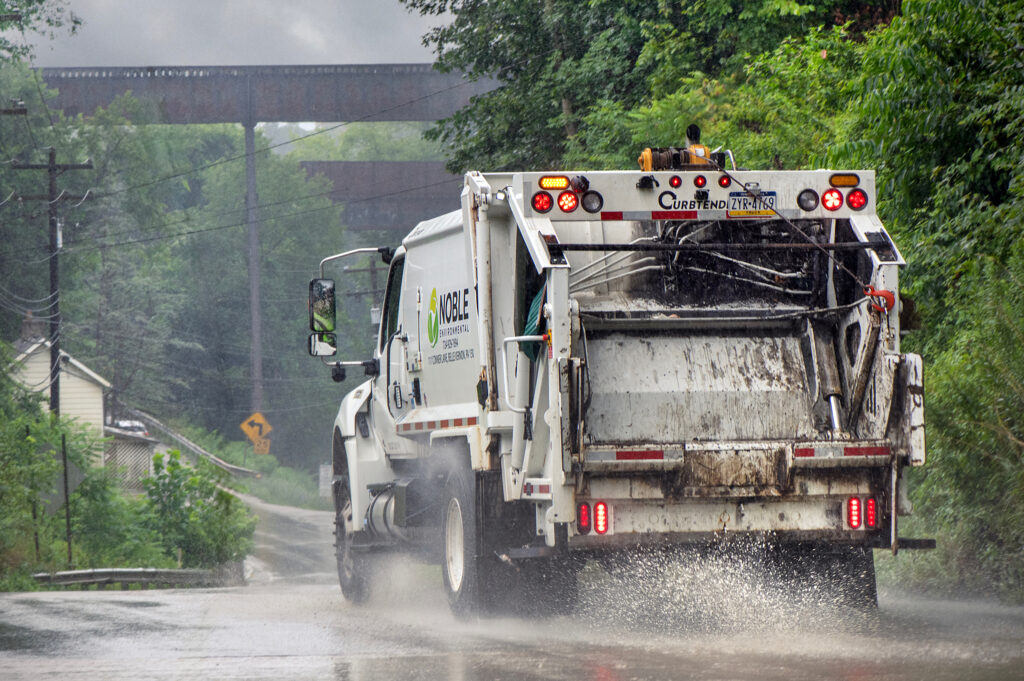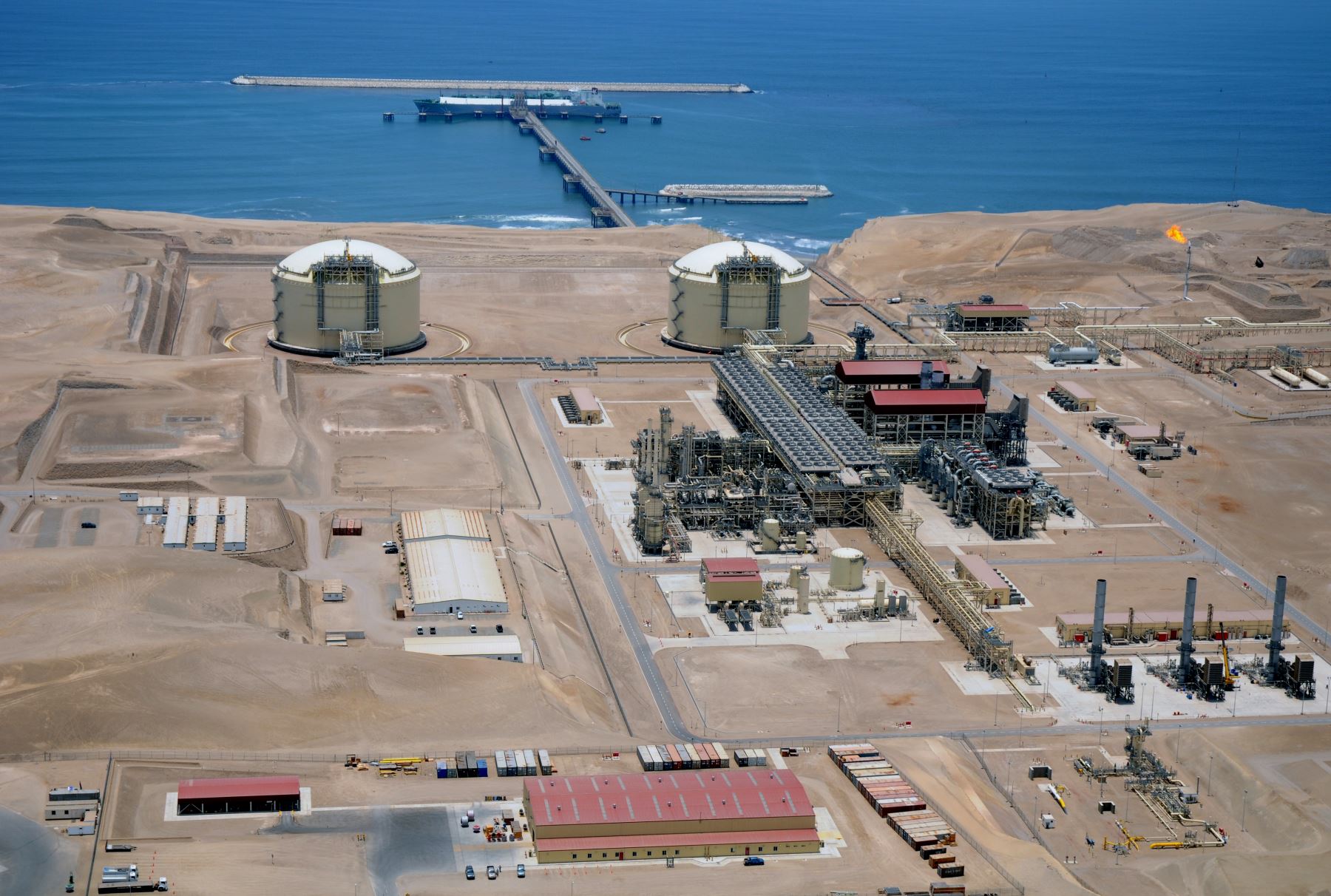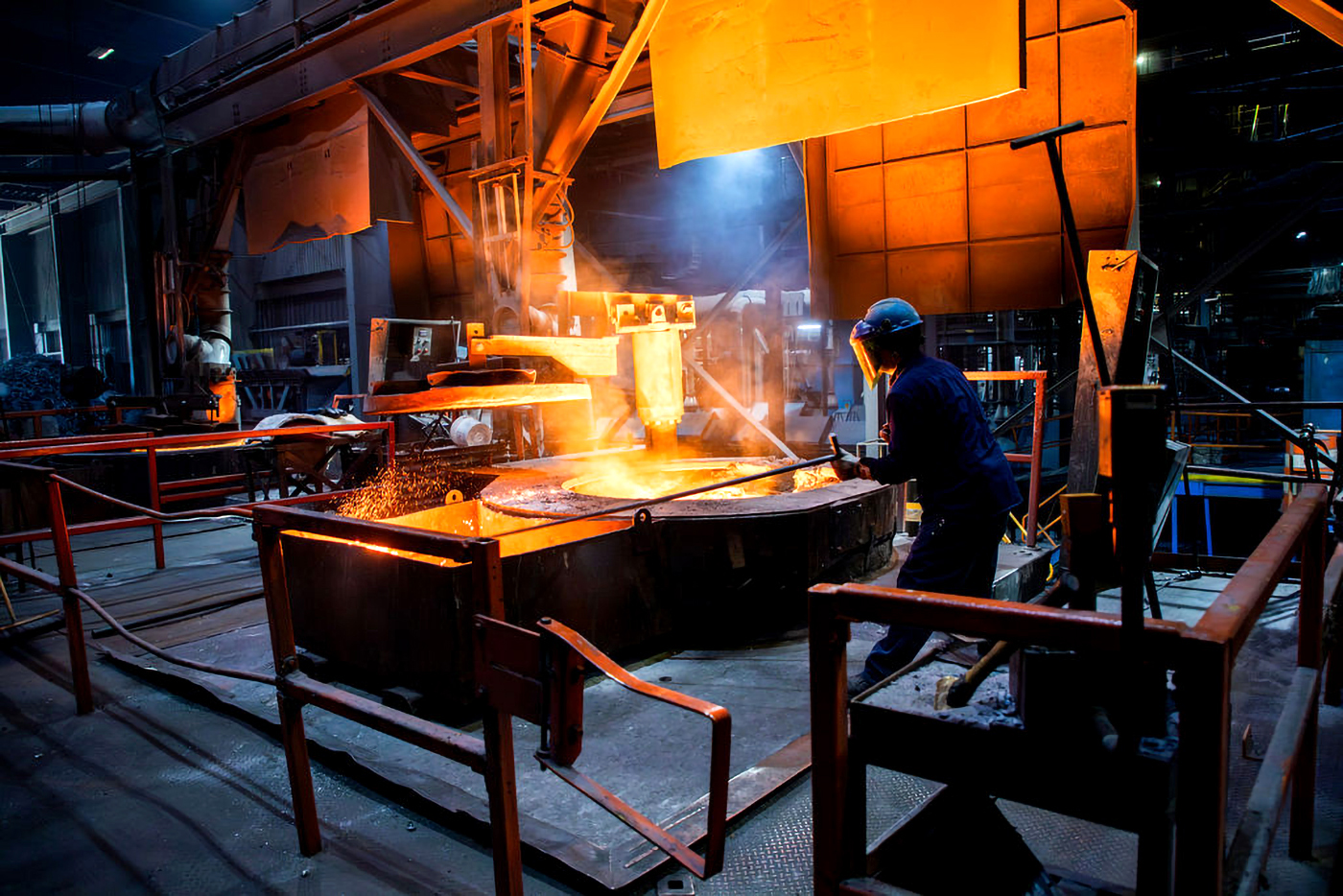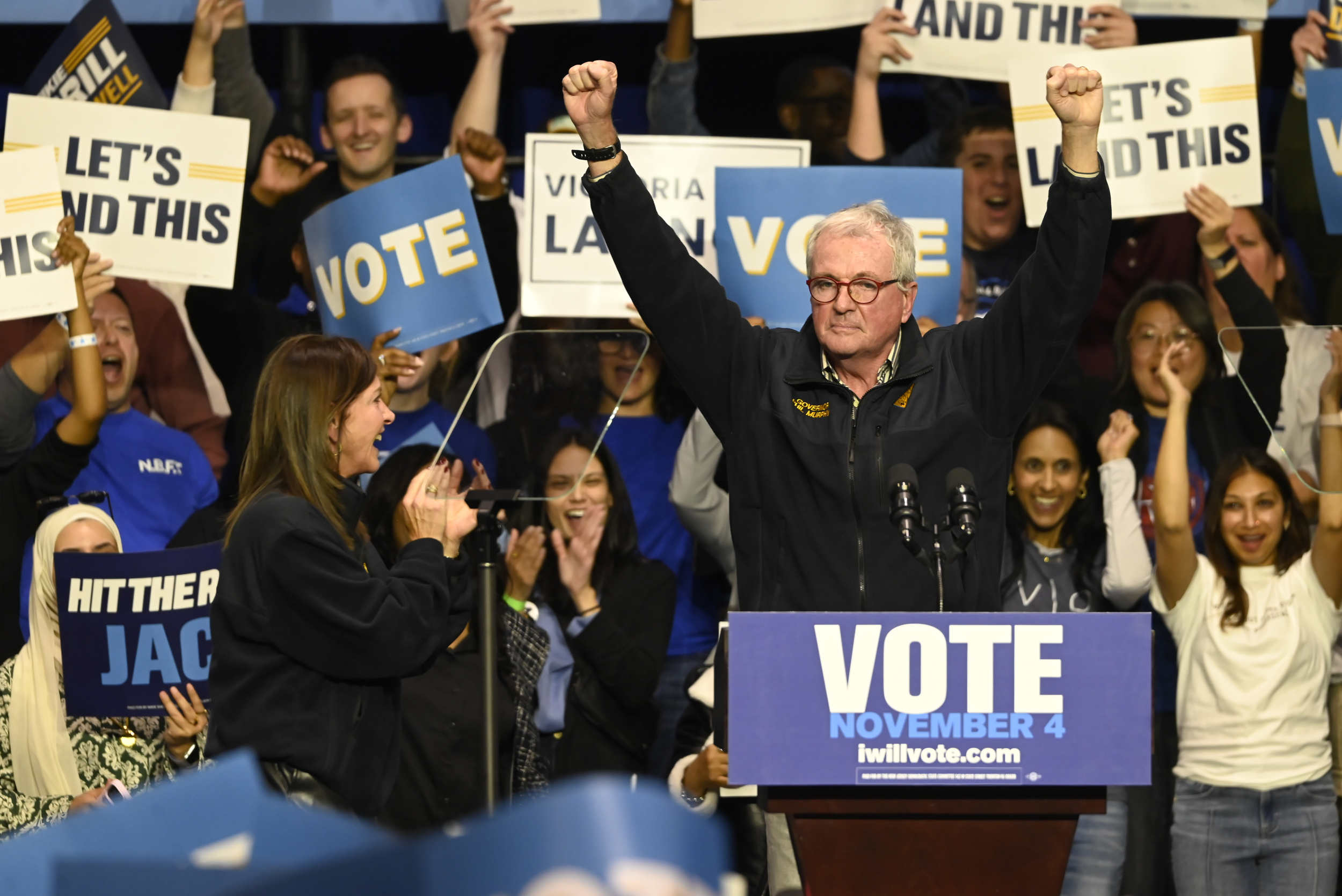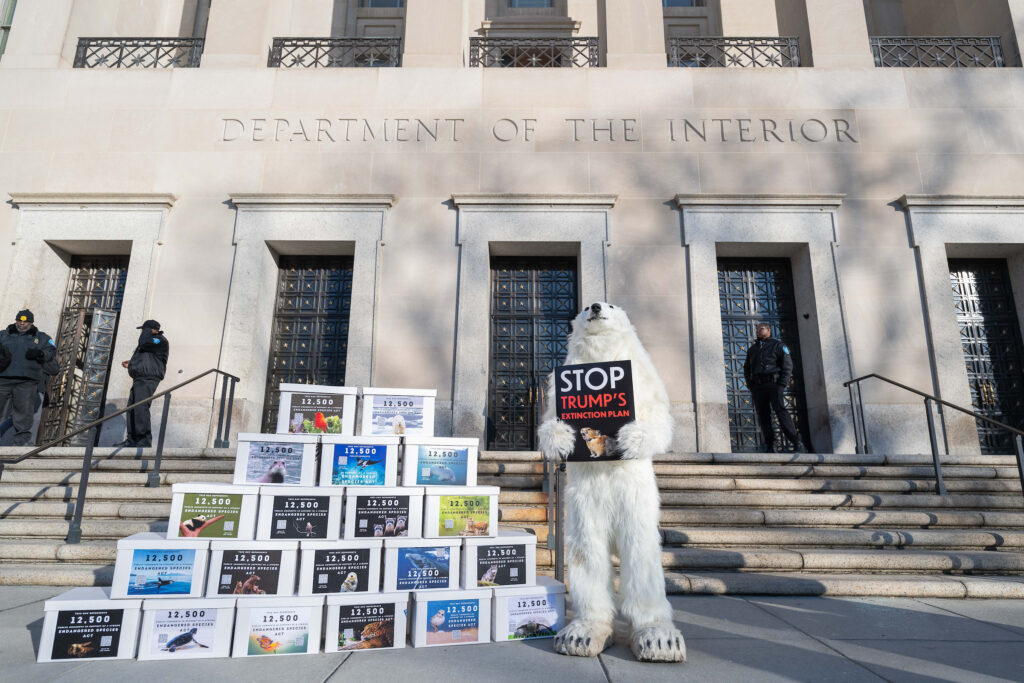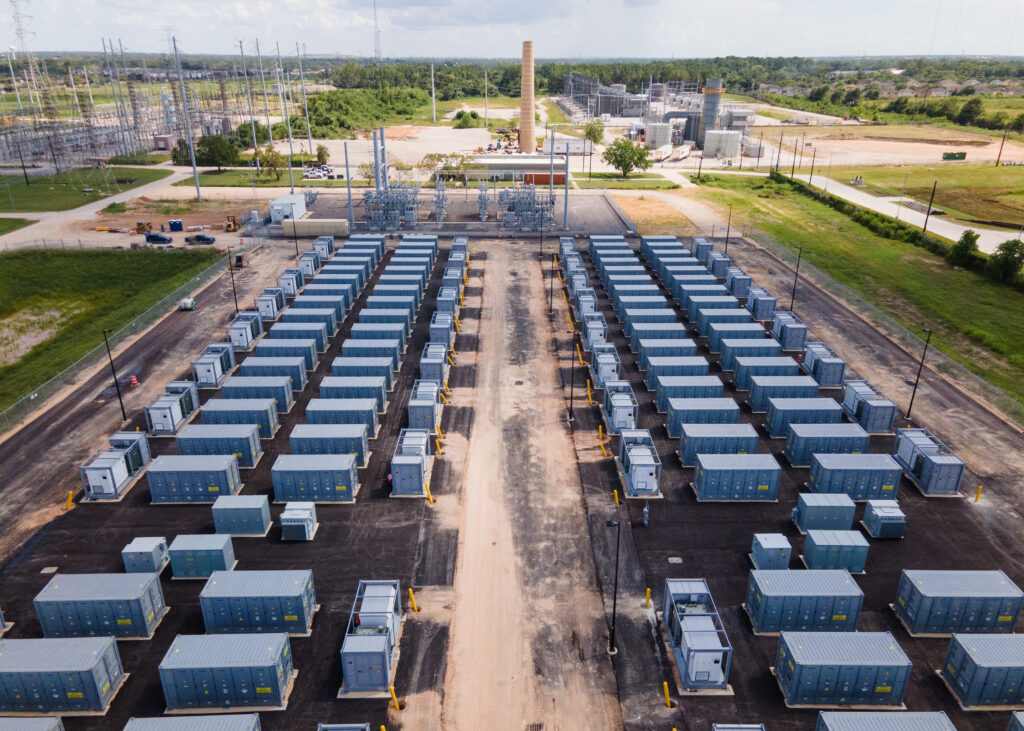“We will drill, baby, drill,” President Donald Trump declared at his inauguration on Jan. 20. Echoing the slogan that exemplified his energy policies during the campaign, he made his message clear: more oil and gas, lower prices, greater exports.
Six months into Trump’s second term, his administration has little to show on that score. Output is ticking up, but slower than it did under the Biden administration. Pump prices for gasoline have bobbed around where they were in inauguration week. And exports of crude oil in the four months through April trailed those in the same period last year.
The White House is discovering, perhaps the hard way, that energy markets aren’t easily managed from the Oval Office—even as it moves to roll back regulations on the oil and gas sector, offers up more public lands for drilling at reduced royalty rates, and axes Biden-era incentives for wind and solar.
“The industry is going to do what the industry is going to do,” said Jenny Rowland-Shea, director for public lands at the Center for American Progress, a progressive policy think tank.
That’s because the price of oil, the world’s most-traded commodity, is more responsive to global demand and supply dynamics than to domestic policy and posturing.
The market is flush with supplies at the moment, as the Saudi Arabia-led cartel of oil-producing nations known as OPEC+ allows more barrels to flow while China, the world’s top oil consumer, curbs its consumption. Within the U.S., a boom in energy demand driven by rapid electrification and AI-serving data centers is boosting power costs for homes and businesses, yet fossil fuel producers are not rushing to ramp up drilling.
There is one key indicator of drilling levels that the industry has watched closely for more than 80 years: a weekly census of active oil and gas rigs published by Baker Hughes. When Trump came into office Jan. 20, the U.S. rig count was 580. Last week, the most recent figure, it was down to 542—hovering just above a four-year low reached earlier in the month.
The most glaring factor behind this stagnant rig count is the current level of crude oil prices. Take the U.S. benchmark grade: West Texas Intermediate crude. Its prices were near $66 a barrel on July 28, after hitting a four-year low of $62 in May. The break-even level for drilling new wells is somewhere close to $60 per barrel, according to oil and gas experts.
That’s before you account for the fallout of elevated tariffs on steel and other imports for the many companies that get their pipes and drilling equipment from overseas, said Robert Rapier, editor-in-chief of Shale Magazine, who has two decades of experience as a chemical engineer.
The Federal Reserve Bank of Dallas’s quarterly survey of over 130 oil and gas producers based in Texas, Louisiana and New Mexico, conducted in June, suggests the industry’s outlook is pessimistic. Nearly half of the 38 firms that responded to this question saw their firms drilling fewer wells this year than they had earlier expected.
Survey participants could also submit comments. One executive from an exploration and production (E&P) company said, “It’s hard to imagine how much worse policies and D.C. rhetoric could have been for U.S. E&P companies.” Another executive said, “The Liberation Day chaos and tariff antics have harmed the domestic energy industry. Drill, baby, drill will not happen with this level of volatility.”
Roughly one in three survey respondents chalked up the expectations for fewer wells to higher tariffs on steel imports. And three in four said tariffs raised the cost of drilling and completing new wells.
“They’re getting more places to drill and they’re getting some lower royalties, but they’re also getting these tariffs that they don’t want,” Rapier said. “And the bottom line is their profits are going to suffer.”
Earlier this month, ExxonMobil estimated that its profit in the April-June quarter will be roughly $1.5 billion lower than in the previous three months because of weaker oil and gas prices. And over in Europe, BP, Shell and TotalEnergies issued similar warnings to investors about hits to their respective profits.
These warnings come even as Trump has installed friendly faces to regulate the oil and gas sector, including at the Department of Energy, the Environmental Protection Agency and the Department of the Interior, the latter of which manages federal lands and is gearing up to auction more oil and gas leases on those lands.
“There’s a lot of enthusiasm for a window of opportunity to make investments. But there’s also a lot of caution about wanting to make sure that if there’s regulatory reforms, they’re going to stick,” said Kevin Book, managing director of research at ClearView Energy Partners, which produces analyses for energy companies and investors.
This story is funded by readers like you.
Our nonprofit newsroom provides award-winning climate coverage free of charge and advertising. We rely on donations from readers like you to keep going. Please donate now to support our work.
Donate Now
The recently enacted One Big Beautiful Bill Act contains provisions requiring four onshore and two offshore lease sales every year, lowering the minimum royalty rate to 12.5 percent from 16.67 percent and bringing back speculative leasing—when lands that don’t invite enough bids are leased for less money—that was stopped in 2022.
“Pro-energy policies play a critical role in strengthening domestic production,” said a spokesperson for the American Petroleum Institute, the top U.S. oil and gas industry group. “The new tax legislation unlocks opportunities for safe, responsible development in critical resource basins to deliver the affordable, reliable fuel Americans rely on.”
Because about half of the federal royalties end up with the states and localities where the drilling occurs, “budgets in these oil and gas communities are going to be hit hard,” Rowland-Shea of American Progress said. Meanwhile, she said, drilling on public lands can pollute the air, raise noise levels, cause spills or leaks and restrict movement for both people and wildlife.
Earlier this year, Congress killed an EPA rule finalized in November that would have charged oil and gas companies for flaring excess methane from their operations.
“Folks in the Trump camp have long said that the Biden administration was killing drilling by enforcing these regulations on speculative leasing and reining in methane pollution,” said Rowland-Shea. “And yet under Biden, we saw the highest production of oil and gas in history.”
In fact, the top three fossil fuel producers collectively earned less during Trump’s first term than they did in either of President Barack Obama’s terms or under President Joe Biden. “It’s an irony that when Democrats are in there and they’re putting in policies to shift away from oil and gas, which causes the price to go up, that is more profitable for the oil and gas industry,” said Rapier.
That doesn’t mean, of course, that the Trump administration’s actions won’t have long-lasting climate implications. Even though six months may be a significant amount of time in political accounting, investment decisions in the energy sector are made over longer horizons, ClearView’s Book said. As long as the planned lease sales take place, oil companies can snap up and sit on public lands until they see more favorable conditions for drilling.
“It’s an irony that when Democrats are in there and they’re putting in policies to shift away from oil and gas, which causes the price to go up, that is more profitable for the oil and gas industry.”
— Robert Rapier, Shale Magazine
What could pad the demand for oil and gas is how the One Big Beautiful Bill Act will withdraw or dilute the Inflation Reduction Act’s tax incentives and subsidies for renewable energy sources. “With the kneecapping of wind and solar, that’s going to put a lot more pressure on fossil fuels to fill that gap,” Rowland-Shea said.
However, the economics of solar and wind are increasingly too attractive to ignore. With electricity demand exceeding expectations, Book said, “any president looking ahead at end-user prices and power supply might revisit or take a flexible position if they find themselves facing shortage.”
A recent United Nations report found that “solar and wind are now almost always the least expensive — and the fastest — option for new electricity generation.” That is why Texas, deemed the oil capital of the world, produces more wind power than any other state and also led the nation in new solar capacity in the last two years.
Renewables like wind and solar, said Rowland-Shea, are “a truly abundant and American source of energy.”
About This Story
Perhaps you noticed: This story, like all the news we publish, is free to read. That’s because Inside Climate News is a 501c3 nonprofit organization. We do not charge a subscription fee, lock our news behind a paywall, or clutter our website with ads. We make our news on climate and the environment freely available to you and anyone who wants it.
That’s not all. We also share our news for free with scores of other media organizations around the country. Many of them can’t afford to do environmental journalism of their own. We’ve built bureaus from coast to coast to report local stories, collaborate with local newsrooms and co-publish articles so that this vital work is shared as widely as possible.
Two of us launched ICN in 2007. Six years later we earned a Pulitzer Prize for National Reporting, and now we run the oldest and largest dedicated climate newsroom in the nation. We tell the story in all its complexity. We hold polluters accountable. We expose environmental injustice. We debunk misinformation. We scrutinize solutions and inspire action.
Donations from readers like you fund every aspect of what we do. If you don’t already, will you support our ongoing work, our reporting on the biggest crisis facing our planet, and help us reach even more readers in more places?
Please take a moment to make a tax-deductible donation. Every one of them makes a difference.
Thank you,







